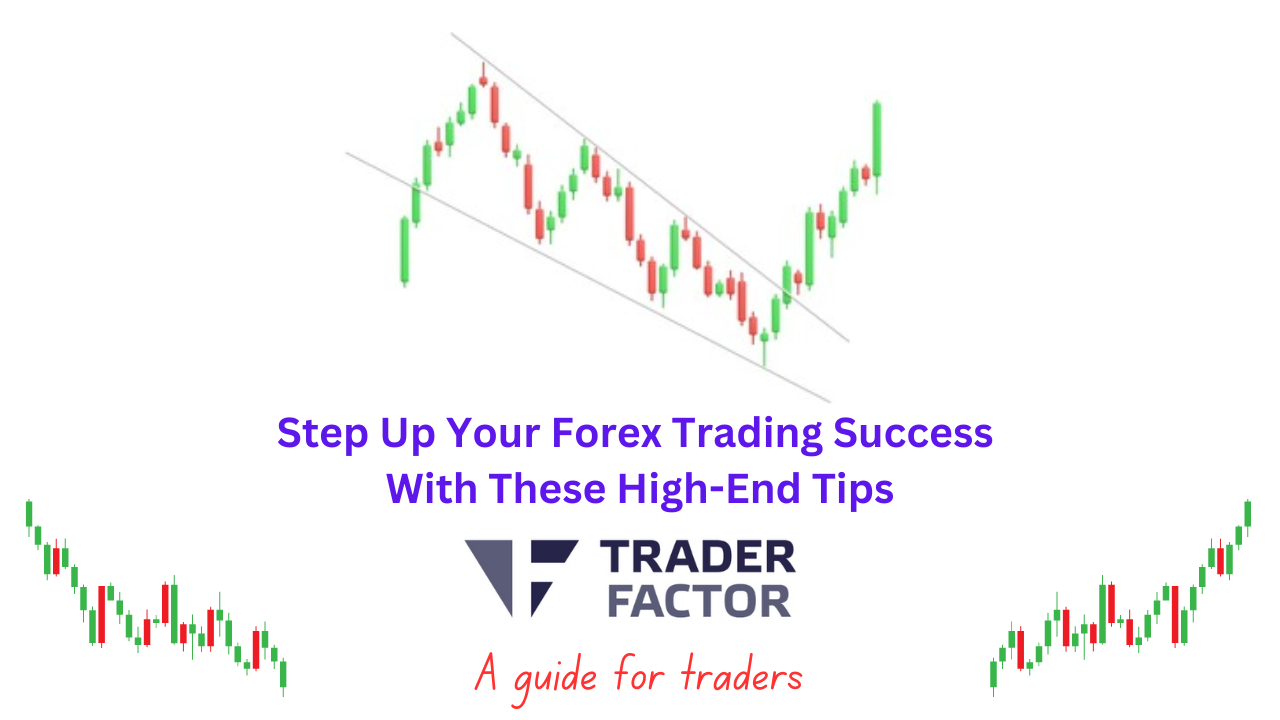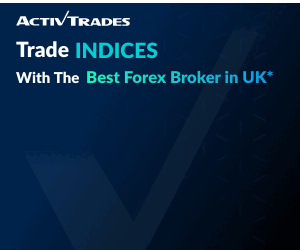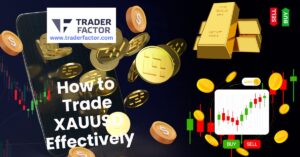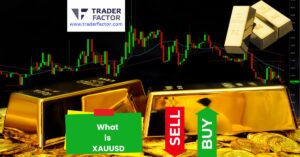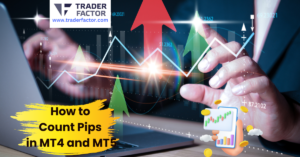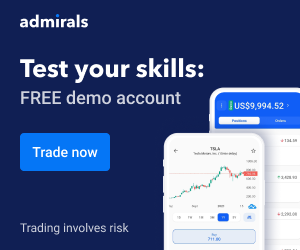Take your forex trading success to the next level with these high-end tips. Learn how to develop a trading plan, manage risk, and hone your technical analysis skills for more profitable trades.
In the financial markets, there is no single formula for forex trading success. Like any other business, you need to have good analytical skills and effective implementation for you to succeed. Simply put, good trading requires a combination of hard work and talent.
Once you have the skill sets and practised enough, you’ll feel confident to open a live account, break even and realize good profits. Whether you are just starting out or have been in the forex market for a while, this article explores some high-end tips to help you step up your forex trading success.
Basics of Forex Trading

Forex, Fx or foreign exchange is the buying and selling of currencies. As the most heavily traded market in the world, individuals, people and countries are usually involved. However, because of the huge trade flows, trading in forex market currencies can be complex and risky.
Traders, should, therefore, research and learn the market before they can venture in. It’s also important to find out what kind of account protection you have in case a dealer becomes insolvent. Here are a few basics for forex trading success.

Currency Pairs
Currency pairs refer to combinations of two different currencies valued against each other. The purpose is to compare the value of one country’s currency against the other. When you buy a currency pair, you purchase the base currency and sell the other one. LIikewise, when you sell a currency you sell the base currency and receive the other pair.
In currency pairs like the EUR/USD 1.3045, the Euro is the base currency, and the U.S. dollar is the quote currency with the difference being the ratio price. In this currency pair, one Euro is expected to trade for 1.3045 US dollars.
Major Currency Pairs
The currencies that trade the most against the US dollar are known as the major currency pairs and they include:
- EUR/USD or Euro against the U.S. dollar
- USD/JPY or US dollar against the Japanese Yen.
- USD/CAD or US dollar against Canadian dollar
- GBP/USD or British pound against the US dollar
- USD/CHF or US dollar against the Swiss Frank
- AUD/USD or Australian dollar against the US dollar

Minor Currency Pairs
These are currency pairs which are not associated with the US dollar. Compared to major currencies, these pairs have slightly wider spreads but are not as liquid as the others. Examples include;
- EUR/ GBP or Euro against the British pound
- GBP/ JPY or British pound against the US dollar
- EUR/AUD or Euro against the Australian dollar
- CHF/ JPY or Swish Frank against the Japanese Yen
- GBP/ CAD or British Pound against the Canadian dollars
Exchange Rate
This is the rate at which one currency is exchanged for another. It can also be described as the price of one currency in relation to another. Exchange rates can either be fixed or flexible depending on the dynamics of the market or central bank of that particular country. Commonly determined by economic activity, these rates depend on factors such as the gross domestic product, market interest rates, and employment rates.
These rates are typically set in the global marketplace where banks and other institutions buy and sell currencies. This means changes in these rates can occur on daily basis in large increments or just small changes. Exchanges rates are often quoted as an acronym for the currency they represent.
For instance, the acronym for EUR is the euro while the acronym for USD is the U.S. Dollar. The currency pair for the euro and US dollar is, therefore, EUR/USD and for the Japanese yen and US Dollar is USD/JPY.

Flexible Exchange Rates
Flexible exchange rates mean that the rate can either rise or fall depending on various economic factors which can change daily or even hourly. These rates are often determined by the foreign exchange markets through the regulation of prices by which investors are purchasing the currencies. Overall, flexible exchange rates are very important for your forex trading success.
Fixed Exchange Rates
While most countries’ exchange rates are determined by foreign markets, others control the rates against outside monetary units. These kinds of exchange rates are called fixed exchange rates. For example in Cuba, one Cuba peso is equal to one American dollar.
This was brought about by the political differences and embargo which made the country treat their dollars the same as the US dollar. Since China also decided to peg their currency against the dollar, it’s currently considered a currency manipulator.
Trading Platforms
Trading platforms are applications provided by forex brokers to help traders trade. For you to make trades in the forex markets, you need a training platform. While some brokers have their own trading platforms, the most common ones include MT4, MT5 and cTrader
Most trading platforms also feature tools such as research tools, charting tools and several other options to help you automate trading.

How To Choose a Trading Platform
These are the special considerations to help you choose a trading platform;
- Features
- Fees
- Provider
- Requirements
Features
When picking a trading platform, you need to consider whether its features can satisfy your trading needs. If you are a day trader or short-time trader you’ll want to access detailed information such as access to the price level, the volume of trade and order size to help you time your orders.
You may also need tools like live charts and technical indicators which are specifically meant to help you research and test different trading strategies if you are a long term trader.
Fees
The fee is also another important factor to consider when choosing a trading platform for your forex trading success. If are using scalping, you are likely to choose trading platforms with low fees. While lower fees are always preferable for forex trading success, there may be instances of trade-offs.

Provider
While some trading platforms are not linked to a specific broker, others are tied to a specific broker. So, it’s important to consider the reputation of the broker before committing to the platform. Make sure that the broker or provider supports the platform it offers. This is very important for your forex trading success.
Requirements
It’s also important to know the requirements of a particular provider before you can open an account to trade with them. For example, some platforms require you to have at least $20, 000 in your account before you can open an account and start trading with them.
Developing a Solid Trading Plan
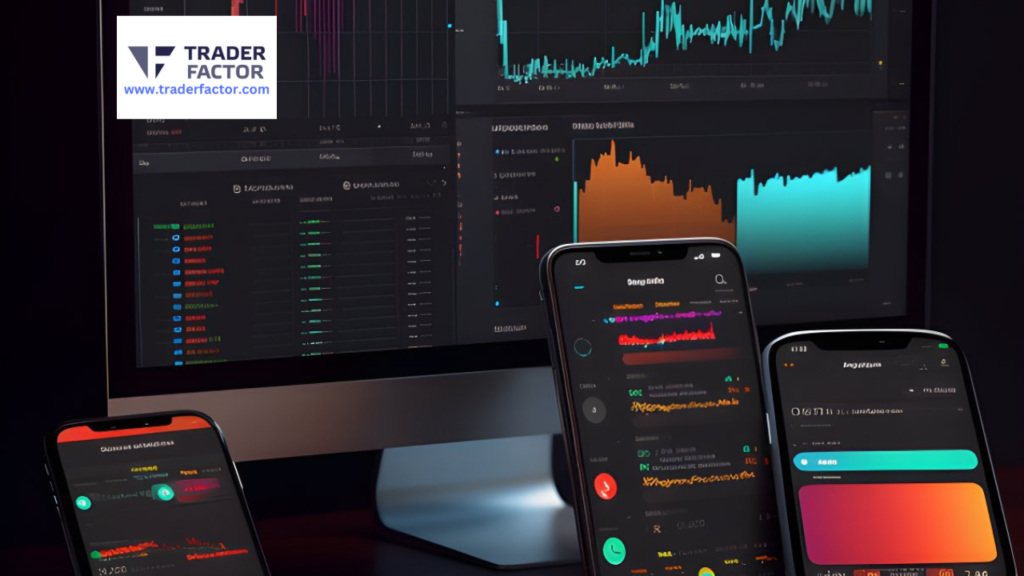
The difference between earning good profits and making losses is as simple as trading with a solid plan or trading without one. Simply put, a trading plan is an organized approach that lets you execute your trading strategy based on your outlook so you can achieve forex trading success. Regardless of how good your plan is, it won’t work if you don’t follow it.
Trading Goals for Forex Trading Success
Before you execute a trade, you need to set realistic targets and goals. It’s important to ask yourself the number of risks you are ready to take and the potential profits you wish to earn. While some traders just trade, a majority won’t execute a trade unless the potential earning is 3 times more than what they’ve invested. The rule of the thump is to set weekly, monthly and annual goals and regularly assess them to ensure you achieve forex trading success.
Risk Management
While developing a trading plan, it’s also important to include a risk management strategy so as to minimize any negative impacts your trading may suffer. Since this requires a lot of planning, you need to commit yourself before executing your first trade. It may seem like a lot of work but it’s necessary, especially if you want to minimise losses to realize your forex trading success.

Trading Strategy
A trading strategy is essentially a technique that traders use to decide whether to execute a trade or not. These strategies can be based on fundamental analysis, technical analysis or news-based events. But because not all trading strategies were created equal, some might work better than others depending on certain market conditions. Some strategies are already available on the internet, while others can easily be developed by traders.
Market Analysis
Also known as forex analysis, market analysis is a technique used by traders to evaluate the market and determine when to buy or sell currencies. There are different types of market analysis including fundamental analysis, technical analysis and sentiment analysis.
Fundamental Analysis–
This is the analysis of the economic, social and political factors affecting the currency supply and demand. Fundamental analysis plays a very important role especially if you intend to achieve forex trading success.
Technical Analysis
This refers to the analysis of the price movement.
Sentiment Analysis- this is the evaluation of the mindsets and sentiments of investors and traders

Time Management
Time management is one of the most important requirements if you want to realize forex trading success. To be successful, you need to have a grasp of time management so you can know your entry and exit times in the market. Just like maintaining discipline, a good time management strategy will help you determine when a trade has declined so you can save yourself from losses.
Performance Evaluation
After each trading day, it’s important to measure your performance. You can express your performance in different ways using several forms and algorithms. The most challenging thing is understanding the measurements and what you need to do about them.

Continuous Improvement
For you to have success in the forex market, it’s imperative that you continuously improve yourself. This way, you can stay up to date on the markets while increasing the knowledge and skills you need to trade. This is what successful forex trades like bill Lipschutz do.
Continuous learning will also help you stay motivated and minimise the risks you are likely to suffer in the trade. Thankfully, there are various resources online including books, websites and online courses you can use to improve yourself.
Improving Technical Analysis Skills
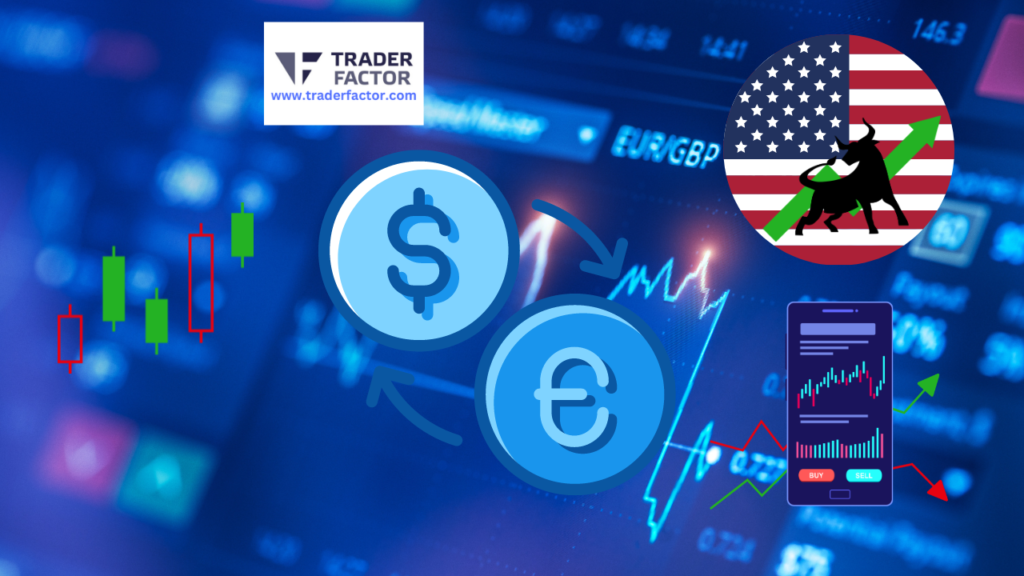
If you are just starting out in the forex market, you must have realized how challenging technical analysis can be if you want to achieve forex trading success. This means you must dedicate a huge amount of time to practice and familiarise yourself with the charts and all the other elements. The goal of this analysis is to learn how you can identify trading opportunities and take advantage of them.
Using Chart Patterns
Chart patterns are graphical presentations of price movement or natural fluctuations in the price depending on different factors including human behaviour. They are typically used to find trends that can help one realize forex trading success. If you know how to recognise and apply chart patterns, you can significantly increase your odds of knowing when the price of the currency will move.
Unlike other tools, chart patterns aren’t bound by any physical law of scientific principle hence their effectiveness only depends on the number of market participants. While there are different types of chart patterns the most common ones are continuation chart patterns and reversal chart patterns.
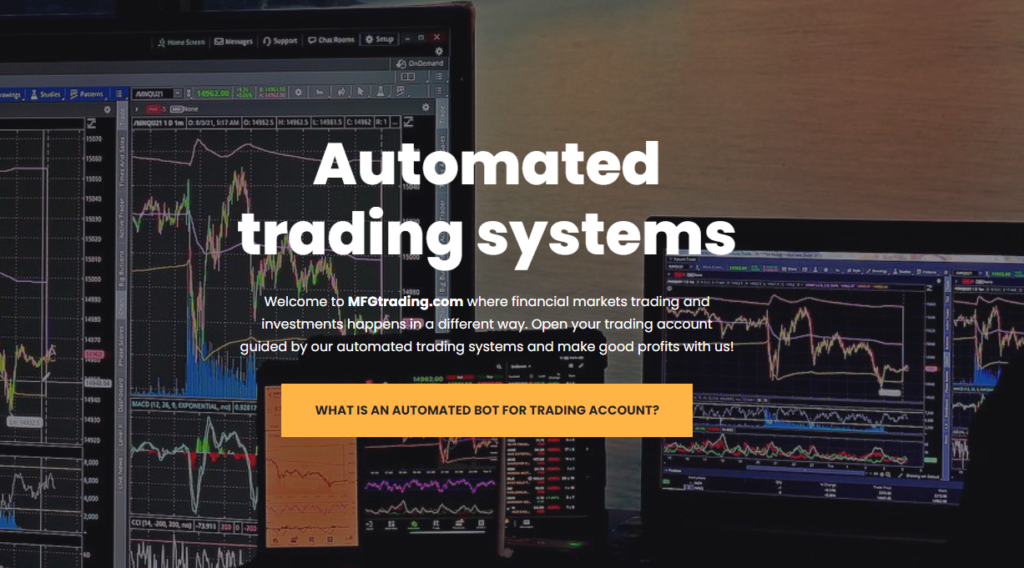
Continuous chart patterns
These types of chart patterns are used to identify different opportunities traders can use to trade. Examples include flag patterns, triangle patterns, and pennant patterns.
Reversal chart Patterns
As the opposite of continuous patterns, reversal chart patterns are designed to analyse scenarios to trade the reversal of a trend. They generally aim to find where the trend has ended.
Trend Lines
While trend lines are the most common tools used in technical analysis, they are the most underutilized. Instead of using fundamentals, most analysts focus on the trends to determine the price action and get an idea of the direction an investment should take.
According to technical analysts, using a trendline is the first step towards making a good trading decision. To develop a trend line, you must have two points and use different time frames on the chart. What makes trendlines important is that they can help you identify the trends in the forex market and realize forex trading success regardless of the time frame, time period, or interval used.

Indicators
Indicators are forex tools used by traders to boost their chances of achieving profitable trades in the forex market. In addition to other types of data, indicators can influence decisions, especially when used together with data and forex trading strategies.
With indicators, you can evaluate market patterns and predict how they are likely to behave in future. The best indicators should help you examine data such as volume of trade, historical data and market performance so. Instead of viewing the market as a series of events, they examine different patterns.
For instance, if the currency’s value suddenly drops, indicators will record this and determine whether the same thing is likely to recur. That way, you can get insights into what affects currency and the market and act accordingly.
Importance of Market Analysis
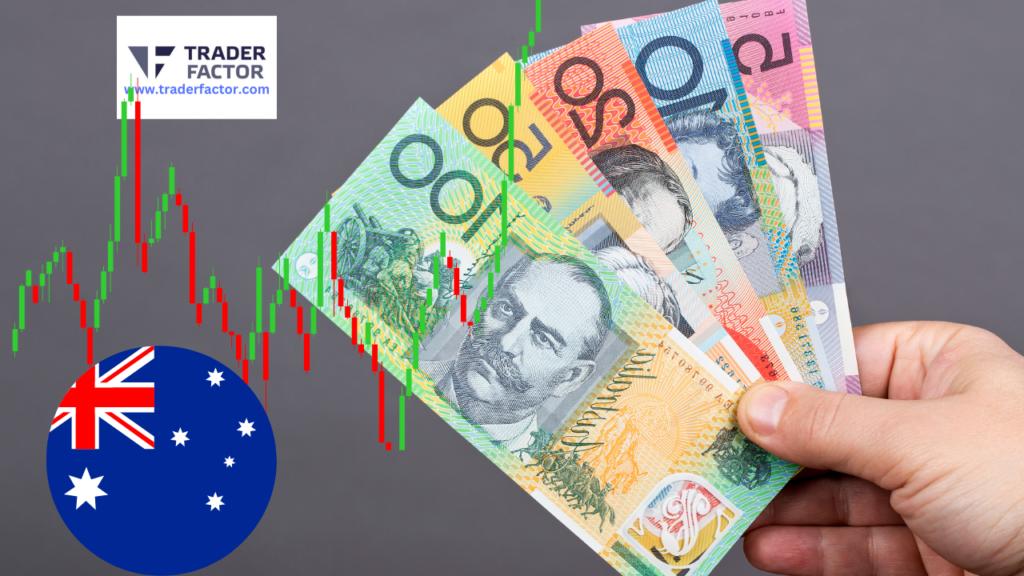
The market analysis basically helps traders to analyse the markets by taking into account factors such as economic, political and social issues.
Understanding economic data- like other businesses, forex trade involves the use of economic data. Market analysis can, therefore, help you understand forex data such as the prices of a currency, exchange trade, chart patterns, and trading outcomes among others.
Identifying trends- market analysis can also help you identify trends in the forex market such as when traders are likely to purchase currency, and which currency pair is most bought by the most successful trader.
Making informed decisions- market analysis can help you make informed trading decisions, identify trading opportunities and develop solid strategies. For example, with technical analysis, you can know when and where to enter the market.

Monitoring market volatility-volatility is basically a measure of how many times the value of currency changes. Through market research, you can know whether a currency has high or low volatility based on how much it deviates from the average.
Staying ahead of the market- with market analysis, you can stay ahead of the market and consistently make trades that bring profits. You can use different variables such as economic reports, reliable chart patterns, news feeds and sentiments to get insights.
Different Trading Tools
Whether you are a beginner or a professional, you need the best trading tools to make your trading effective. From charts to analysis tools, these software tools can significantly boost your trading experience and help you avoid risks.

Trading Platforms
Trading platforms like MetaTrader 4 and 5 allow you to analyze the markets in real time. You can also use them to employ your own parameters for both customer and premade indicators.
Charting Software
Charting software is a computer-based tool kit that assists traders to analyse currencies. By creating interactive price charts and various technical indicators, this software package can help you determine the direction of specific currency pairs and even enjoy real-time charting services.
Economic Calendars
Among the most important tools in forex trade are the economic news calendars. With these calendars, you can get key economic data and information such as monetary policy statements, central bank policy statements and other information about what’s happening in the market so, you can plan your trades accordingly.
News and Analysis Tools
If there’s one thing that dictates the direction of the trade then it’s the news and analysis tools. With these tools, you can get timely access to data that affect the foreign exchange markets through outlets such as Market Watch, Wall Street Journal, Bloomberg, Reuters, and the Financial Times.
Automated Trading Systems
Also known as mechanical trading systems, automated trading systems allow you to establish specific rules for trade that you can automatically execute via your computer. The best thing about these tools is that they can trade on your behalf. Automated trading systems also run programs that analyse the market, price charts and other market activities and identify price trends, discrepancies, and news that may affect the market.

Risk Management Tools
For every forex trade, there is some risk which can only be prevented using risk management tools. Instead of waiting for risks to happen, you need to deal with them and prevent them from causing damage. Some of the risk management tools include stop loss, risk–reward ratio, position size, leverage and margin among others.
Frequently Asked Questions About Forex
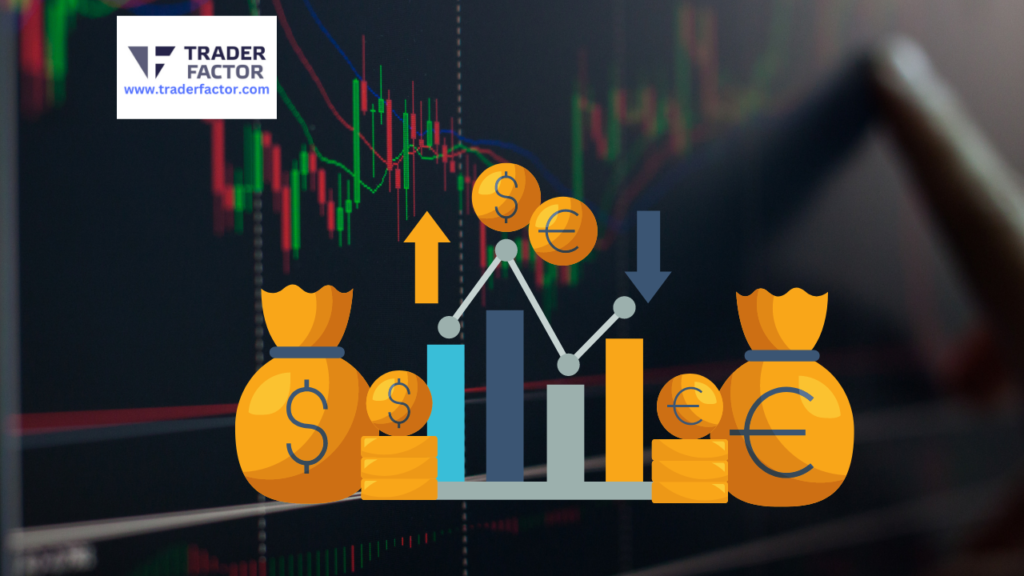
Why do people trade currencies?
People trade currencies for two major reasons: hedging and speculation. While the former is used to lock prices the latter is used to make money off the fluctuating prices of currencies.
Are forex markets volatile?
Since forex markets are the most liquid, they are less volatile than markets such as real estate. The volatility, therefore, depends on various factors including the economics and politics of the particular country. For instance, events like the political instability of a country or the imbalance in trading relationships can lead to significant volatility.

Are foreign exchange markets regulated?
Yes, forex markets are regulated depending on the country’s jurisdiction. For instance, most forex trades are tightly regulated by the Commodity Futures Trading Commission (CFTC) and National Futures Association (NFA). Countries such as China and India also have restrictions on the companies and the amount of money you can use to trade. Plus, the Financial Conduct Authority (FCA) is tasked with regulating forex exchange in the United Kingdom.
How can I get started with forex trade?
First, you need to educate yourself about the forex terminologies and the market operations. Next, you’ll want to create a trading strategy based on your risk tolerance and finances before opening a trading account and wait for the right opportunities The best thing is that you can now open an online account and start trading immediately.
What are some of the best trading platforms for beginners?
Some of the best forex trading platforms for beginners include Plus500, eToro, CMC Markets, IG, AvaTrade, XTB, and OANDA

Conclusion
Being a forex trader can be challenging, thus it’s best if you have the willingness and desire to succeed. You need to look past the losses, learn from your mistakes and improve on your strategies. While this is possible, it takes a lot of effort and education to make consistent profits. With an abundance of materials out there, you can pick the right course, books and websites and learn through trial and error. Also, remember to constantly be alert and ready to adapt – even professional traders cannot afford to be complacent.
Read these next………………..
Compare the Best Laptops for Forex Trading in 2023
Forex for Beginners: What You Need to Know To Get Started
Best Trading Sessions At Forex Markets
Factors That Affect The Exchange Rate In 2023
Disclaimer:
All information has been prepared by TraderFactor or partners. The information does not contain a record of TraderFactor or partner’s prices or an offer of or solicitation for a transaction in any financial instrument. No representation or warranty is given as to the accuracy or completeness of this information. Any material provided does not have regard to the specific investment objective and financial situation of any person who may read it. Past performance is not a reliable indicator of future performance.
Author
-

Phyllis Wangui is a Financial Analyst and News Editor with qualifications in accounting and economics. She has over 20 years of banking and accounting experience, during which she has gained extensive knowledge of the forex, stock news, stock market, forex analysis, cryptos and foreign exchange industries. Phyllis is an avid commentator on these topics and loves to share her insights with others through financial publications and social media platforms.
View all posts

